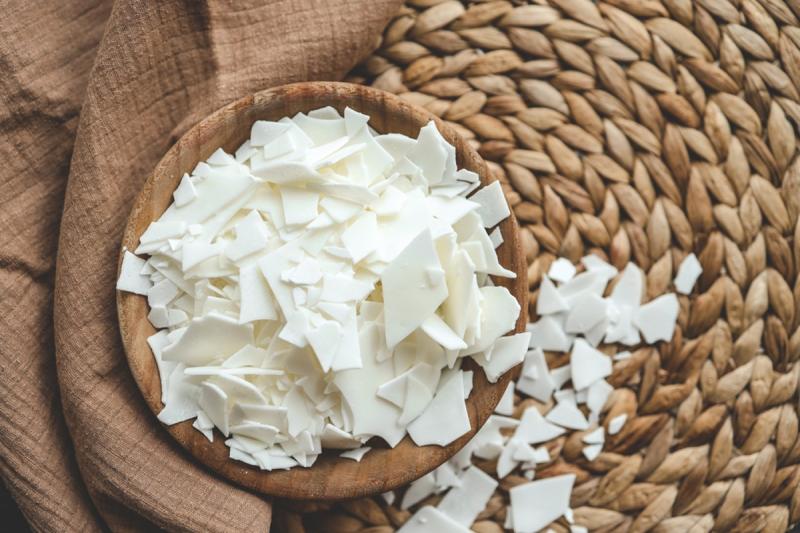A Beginner’s Guide to Candle Wax: Types and Their Uses & Benefits | Vedaoils

Choosing the right Candle Wax is one of the most important steps in candle-making. Each type of wax has unique properties, making it ideal for specific types of candles. Here’s a detailed guide to eight popular types of candle wax and when to use them.
1. Beeswax
A natural and eco-friendly wax, beeswax has been a favorite for centuries due to its honey scent and golden hue.
Best For: Pillar and taper candles
Pros:
Natural and sustainable
Longest burn time
Smokeless burn
Minimal dripping
Cons:
Expensive
Naturally scented, limiting customization
2. Soy Wax
Made from soybeans, this renewable and natural wax is a popular choice for eco-conscious candle makers.
Best For: Container candles like jars and tins
Pros:
Eco-friendly and biodegradable
Soot-free burn
Long-lasting
Excellent scent carrier
Cons:
Higher cost
3. Paraffin Wax
The most commonly used wax, paraffin is versatile and budget-friendly, suitable for various candle types.
Best For: Pillar, container, and votive candles
Pros:
Affordable
Holds color and scent well
Long-lasting burn
Cons:
Produces soot when burned
Derived from petroleum
4. Gel Wax
Technically a mix of resin and mineral oil, gel wax is ideal for creating stunning decorative candles.
Best For: Clear container candles with embedded objects (e.g., shells, flowers)
Pros:
Transparent appearance
Bright light when burning
Extremely slow burn rate
Cons:
Releases soot
5. Palm Wax
Known for its eco-friendliness, palm wax is a sustainable option that delivers high-quality results.
Best For: Free-standing candles like pillars
Pros:
Clean and long-lasting burn
Great scent retention
Durable and firm
Cons:
High cost
6. Coconut Wax
Coconut wax is a vegan and sustainable option with an even burn and minimal soot release.
Best For: Container candles
Pros:
Excellent scent and color retention
Clean burn with minimal soot
Long-lasting
Cons:
Often blended with other waxes for stability
7. Rapeseed Wax
Rapeseed wax is an eco-friendly choice with a consistent burn temperature, making it perfect for scented candles.
Best For: Scented and colored candles
Pros:
Clean and even burn
Excellent fragrance retention
Holds dye well
Cons:
Relatively expensive
8. Blended Wax
Blended wax combines the best properties of different waxes, offering greater versatility and customization.
Best For: All types of candles, depending on the blend
Pros:
Customizable options
Long burn time
Can include eco-friendly ingredients
Cons:
It may burn unevenly depending on the mixture
Choosing the Right Wax at VedaOils
Looking for high-quality Candle wax for your candle-making projects? VedaOils offers a wide variety of candle waxes, including soy wax, beeswax, paraffin wax, and blended waxes, catering to both beginners and professionals. With eco-friendly options, excellent scent retention, and competitive prices, VedaOils is your one-stop shop for all your candle-making needs.
Explore the range of premium candle waxes at VedaOils Candle Wax Collection and start crafting beautiful candles today!
When selecting wax, consider these factors:
Type of Candle: Pillar, container, taper, or decorative
Burn Characteristics: Longevity, scent throw, and soot production
Eco-Friendliness: Sustainable or natural waxes for a greener choice
Cost: Budget-friendly options like paraffin or premium choices like beeswax
By understanding the strengths and weaknesses of each wax, you can create candles that match your vision and needs. Whether you're making scented, decorative, or eco-friendly candles, there's a perfect wax for every project!
Post Your Ad Here
Comments